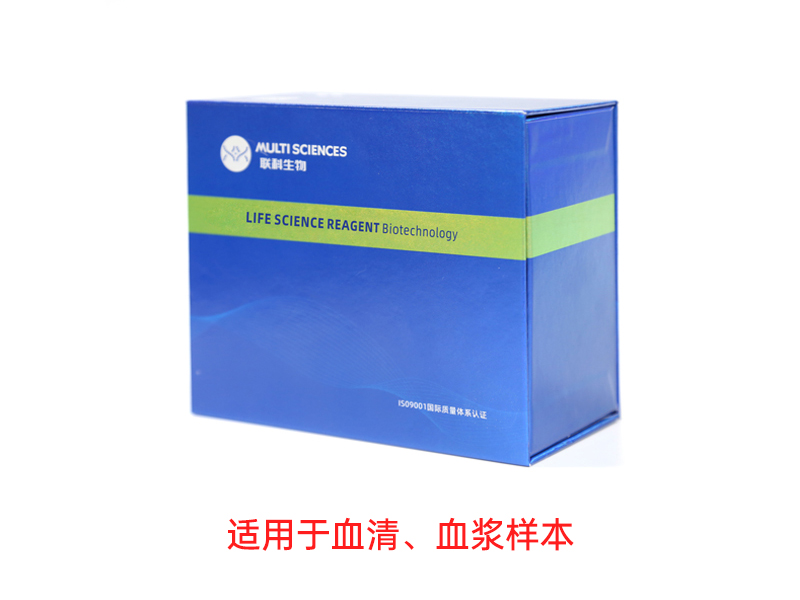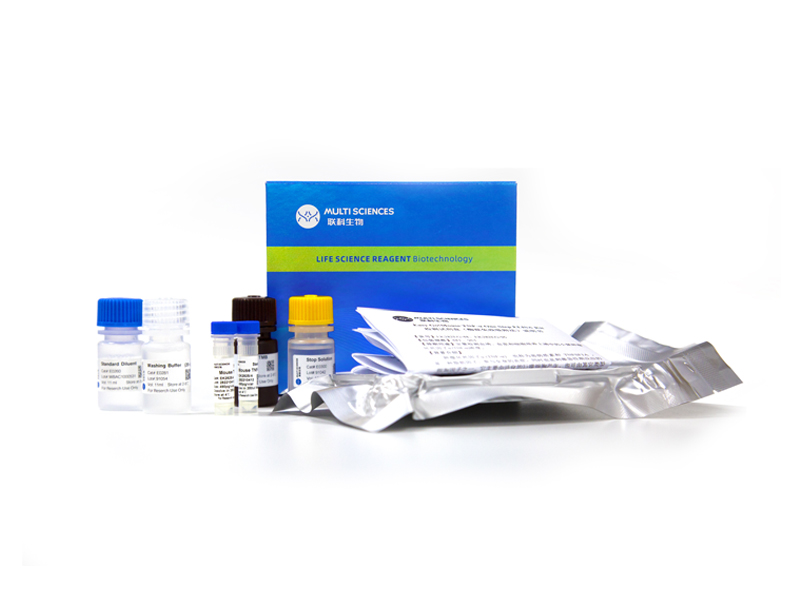Immunosuppressive tumor-associated macrophages (TAMs) account for a high proportion of the tumor tissue and significantly impede immunoefficacy. Furthermore, the signal regulatory protein α (SIRPα) expressed in TAMs adversely correlates with macrophage activation and phagocytosis, resulting in immunosurveillance escape. To address these difficulties, a mannose-modified, pH-responsive nanoplatform with resiquimod (R848) and 2′, 3′-cyclic GMP-AMP (cGAMP) co-encapsulation (named M-PNP@R@C) is designed to polarize TAMs and lower SIRPα expression. The co-delivery of R848 and cGAMP synergistically facilitates the polarization of TAMs from the anti-inflammatory M2 phenotype into the pro-inflammatory M1 phenotype, thereby enhancing antitumor immunotherapy. Remarkably, activation of the cGAMP-mediated stimulator of interferon genes (STING) in TAMs significantly downregulates the expression of SIRPα, which synergizes with the cluster of differentiation 47 (CD47) antibody for the dual blockade of the CD47-SIRPα axis. Further analysis of single-cell RNA sequencing indicates that STING activation downregulates SIRPα by regulating intracellular fatty acid oxidation metabolism. In vivo studies indicate that M-PNP@R@C significantly inhibits tumor growth with a potent antitumor immune response in melanoma graft tumor models. After synergy with anti-CD47, the double blockade strategies of the SIRPα/CD47 axis result in a notable inhibition of lung metastasis. A prolonged survival rate is observed after combination treatment with CD47 and programmed death ligand-1 antibodies for the triple immune checkpoint blockade. In summary, our study provides original insights into the potential role of the STING pathway in macrophage-based immunotherapy, thus offering a potential combinatorial strategy for cancer therapy.
文章引用产品列表
-
- EK210EGA 23 Citations
- 一步法ELISA试剂盒(A/B)
EasyGo!™ Mouse IL-10 One-Step ELISA Kit 检测试剂盒(酶联免疫吸附法)
- ¥2,190.00 – ¥3,650.00
-
- EK206EGA 56 Citations
- 一步法ELISA试剂盒(A/B)
EasyGo!™ Mouse IL-6 One-Step ELISA Kit 检测试剂盒(酶联免疫吸附法)
- ¥2,190.00 – ¥3,650.00
-
- EK282 1454 Citations
- ELISA试剂盒
Mouse TNF-a ELISA Kit检测试剂盒(酶联免疫吸附法)
- ¥1,600.00 – ¥10,800.00
-
- EK280HS 394 Citations
- 高敏试剂盒
Mouse IFN-γ High Sensitivity ELISA Kit检测试剂盒(酶联免疫吸附法)
- ¥2,000.00 – ¥3,400.00
-
- EK282HS 1241 Citations
- 高敏试剂盒
Mouse TNF-α High Sensitivity ELISA Kit检测试剂盒(酶联免疫吸附法)
- ¥2,000.00 – ¥3,400.00
-
- EK280 477 Citations
- ELISA试剂盒
Mouse IFN-gamma ELISA Kit检测试剂盒(酶联免疫吸附法)
- ¥1,600.00 – ¥10,800.00
-
- EK2236 54 Citations
- ELISA试剂盒
Mouse IFN-β ELISA Kit检测试剂盒(酶联免疫吸附法)
- ¥2,000.00 – ¥10,800.00
-
- EK2183 31 Citations
- ELISA试剂盒
Mouse IL-12/IL-23p40 ELISA Kit检测试剂盒(酶联免疫吸附法)
- ¥1,600.00 – ¥2,650.00
-
- EK212HS 92 Citations
- 高敏试剂盒
Mouse IL-12p70 High Sensitivity ELISA Kit检测试剂盒(酶联免疫吸附法)
- ¥2,000.00 – ¥3,400.00
-
- EK212 108 Citations
- ELISA试剂盒
Mouse IL-12p70 ELISA Kit检测试剂盒(酶联免疫吸附法)
- ¥1,600.00 – ¥2,650.00
-
- EK210 486 Citations
- ELISA试剂盒
Mouse IL-10 ELISA Kit检测试剂盒(酶联免疫吸附法)
- ¥1,600.00 – ¥10,800.00
-
- EK206HS 1080 Citations
- 高敏试剂盒
Mouse IL-6 High Sensitivity ELISA Kit检测试剂盒(酶联免疫吸附法)
- ¥2,000.00 – ¥3,400.00
-
- EK206 1296 Citations
- ELISA试剂盒
Mouse IL-6 ELISA Kit检测试剂盒(酶联免疫吸附法)
- ¥1,600.00 – ¥10,800.00





